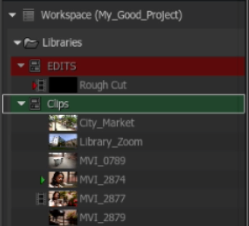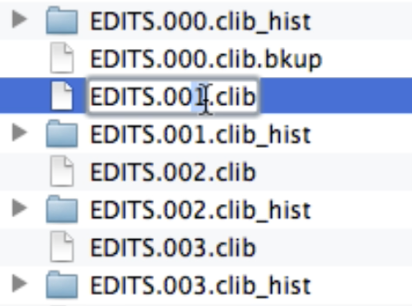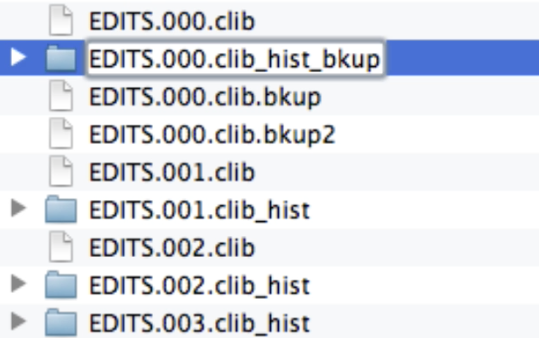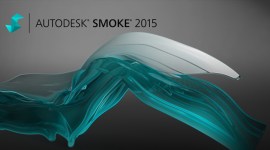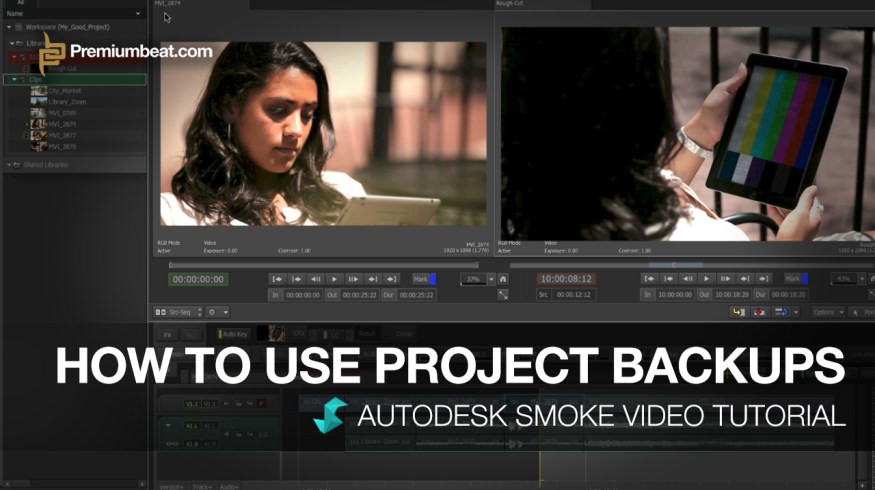
How to Use Project Backups in Autodesk Smoke
If you have ever had a project corruption or loose a clip in Autodesk Smoke, check out this exclusive video tutorial on how to work with clip backups.
I have seen a lot of forum posts from people asking how to recover clips or projects after a crash or corruption in Smoke. Normally Autodesk would tell you to contact Support. The Autodesk Support is wonderful, some of the best in the business…but it is possible for you to do-it-yourself. Now most will tell you to do this via Terminal and Command Line. But I don’t know too many users who like Terminal commands. It’s 2014, we have GUI.
So below is a video tutorial that will explain how Autodesk Smoke saves it’s clips metadata and how to use the Auto Saves and recovers your Sequences, Clips and Libraries if they are damaged due to a crash, corruption, or even user error.
NOTE: Be very careful when working with Project Backups. It is possible to loose data if you are not careful. It is easy once you understand the files and what they do. Perform these actions at our own risk.
Best viewed full screen:
For the most part, the blog I did for Smoke 2013 on Project Files is accurate still. There are a few differences in the files layout, but the concepts of how the metadata is stored is still valid.
Step-by-Step Clip Library Backup Recovery
Close Smoke, as you don’t want it running and autosaving when you are working in the backup files. In Finder use the Go To Folder option in the GO Menu [Shift+CMD+G]. Type /usr/discreet/ and press GO.
The use of /usr/discreet/… is due to legacy file structure when Smoke was a Discreet Logic company product before it was acquired by Autodesk. The file path is maintained for compatibility reasons with archives from previous Smoke versions.
Open the clip folder and then open the Media Volume for your storage. In the example I have 3 media storage folders on 3 different drives. You will only have 1 (stonefs7) normally.
Open the folder that matches your Project Name.
Inside you will see .clib files and and .clib_hist folders. The names will match the Libraries in your Smoke Media Library.
The .clib files are also incremented as 000.clib through 003.clib. 000.clib is the current and active library being loaded in Smoke. The 001-003.clib files are backups that get created when you save or the Smoke auto saves.
The clib_hist folders contain the CFX setup information for the clip. Any Library that has a clip that contains a CFX setup on it, will create this clib_hist folder to mange the CFX setups.
To use/load one of the backup libraries to recover from a corrupt clip or lost data rename the 000.clib library file that contains that clip with .bkup.
Now choose any one of the other matching library files 001, 002, or 003.clib and rename it to 000.clib. This will now be the “active” library that Smoke will load.
If the library also has a matching clib_hist folder be sure to rename it .bkup and rename the matching backup library so that your setups load properly in Smoke.
If you get this message, then it means that you didn’t change the clib_hist folder or you changed the wrong one. This is very bad because it means your setups maybe lost for good and you can’t open/edit or render the CFX clip.
When you are all done… Relaunch Smoke and your Media Library in Smoke will have been recovered and your problems should be solved. Note: you only need to change the .clib files for the Libraries that contain a corruption or bad clip or lost clip. All of the libraries are separate and unique to their data.
Any questions on the procedure? Feel free to leave a comment here on Premiumbeat.






